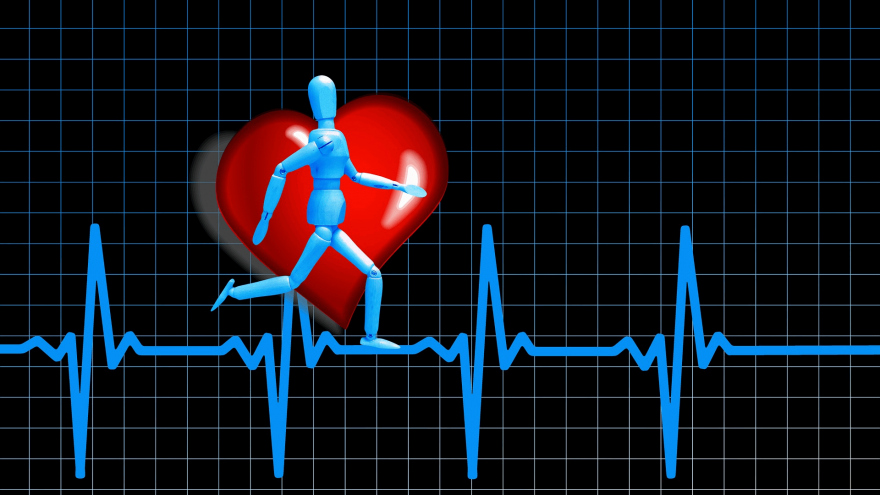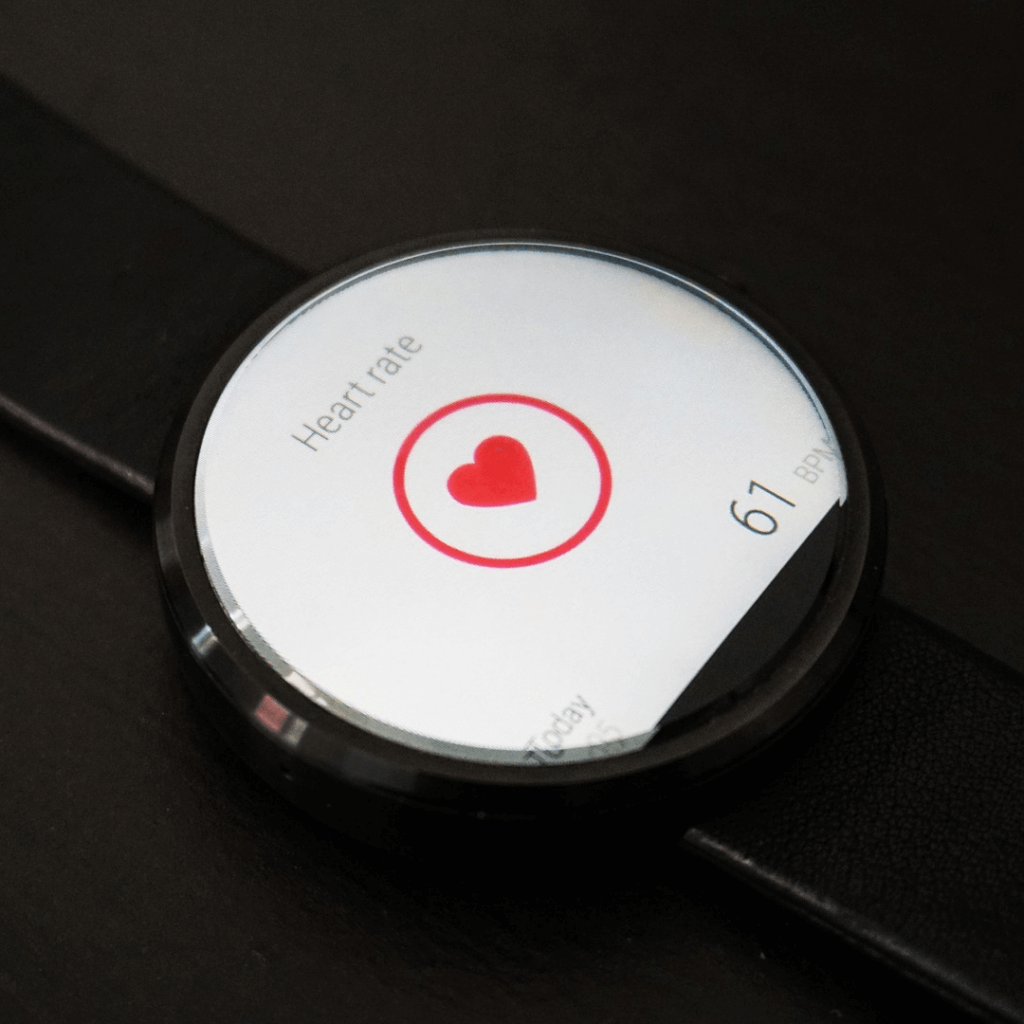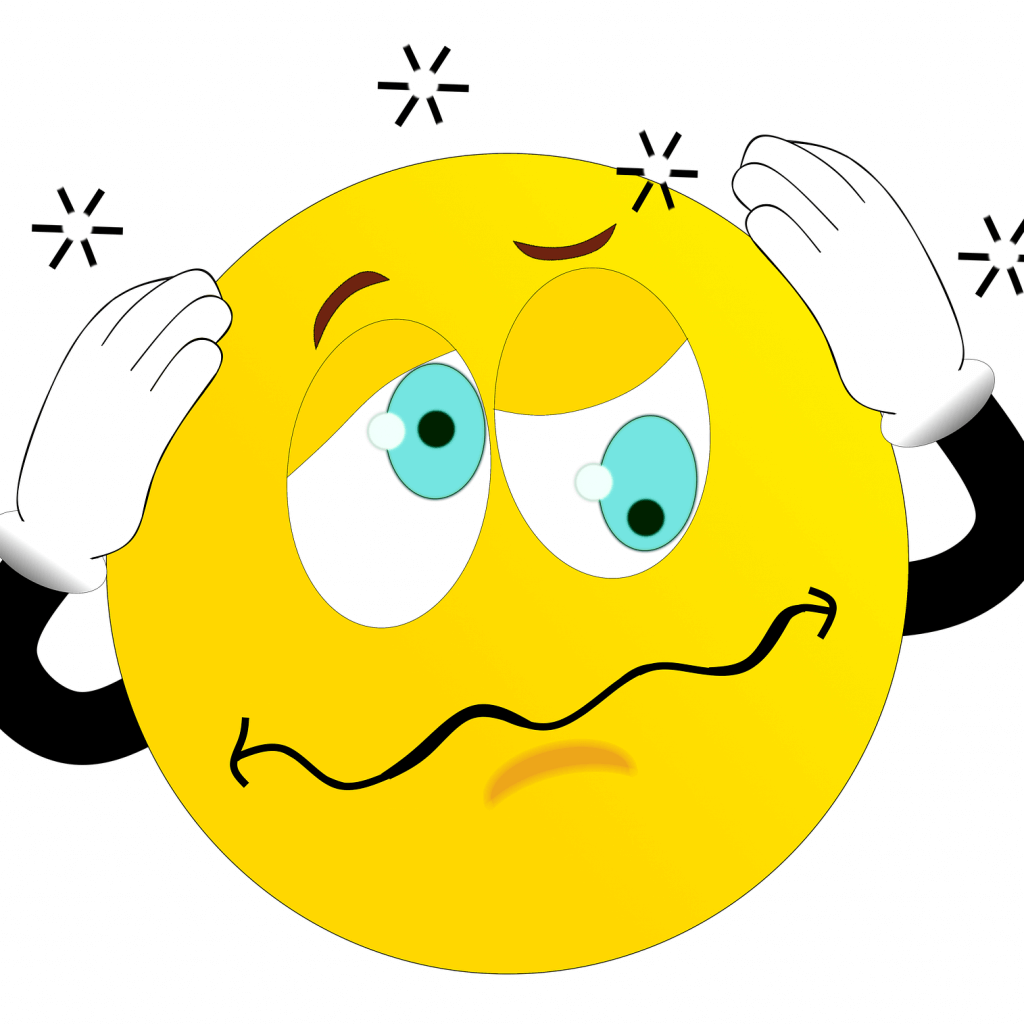Low Resting Heart Rate: A Badge of Honor Or A Potential Health Risk?

If you’ve been running for a while, the chances are good that you’ve either been in the company of a fellow runner boasting about his or her low resting heart rate (RHR) or that you’ve boasted about your own.
And while this may sound like a random thing to brag about, a lower resting heart rate can, in certain instances, be associated with a higher degree of physical fitness.

But does this mean that a low resting heart rate is always a good thing? Is it similar to a PB that can be pushed lower and lower? Or are there instances in which a low RHR in athletes can also act as a red flag in terms of potential health issues?
Here’s what the experts have to say.
How to determine your resting heart rate
Resting heart rate can be defined as “the number of heartbeats per minute while at rest.” And while your heart rate monitor should give a pretty good indication of your RHR before you start a workout, it’s best to measure this variable in bed, right after waking up. This will ensure that the number is not influenced by normal, day-to-day movement or activities.

Upon waking up, simply place your index and middle finger on the inside of your wrist, about 2 cm below your thumb. Without pressing too hard, use a watch to count the number of beats you feel in 30 seconds, and then multiply that figure by two to get your RHR in beats per minute.
Be sure to repeat this process a few times to get an accurate reading. Oh, and remember to take this measurement before drinking that first cup of coffee!
What’s normal
For adults, a resting heart rate of between 60 and 100 is considered normal. However, as mentioned above, this figure is often lower for physically active adults. For the latter demographic, a resting heart rate of between 40 and 60 can be completely normal too.

Bradycardia
If you fall in the latter group and your resting heart rate is below 60 (some sources say below 50), you have what is referred to as bradycardia or a “slow heart rate.” But is this really safe and normal, you ask?
According to Dr. William O. Roberts, it is not unusual for healthy individuals involved in endurance running to develop bradycardia due to “the increased vagal tone from training that suppresses heart rate.”
In addition, consistent running can also increase the size of the heart muscle, thereby causing it to pump out a greater volume of blood with each heartbeat.
Therefore, a lower heart rate in a trained, resting heart will deliver the same amount of blood to the body as an untrained heart with a higher heart rate.
When should you be worried?
So is bradycardia then never a cause for concern? Not quite. If your bradycardia is associated with any of the following symptoms, it’s best to seek the help of a medical professional ASAP:

- Dizziness or lightheadedness
- Loss of consciousness or fainting
- Black-outs
- Chest pains
- Constant fatigue and lethargy
- Shortness of breath
- The inability of the heart to respond to exercise through an increased heart rate
In instances where these symptoms are present along with bradycardia, it may indicate the aging of the heart’s electrical nodes, or the fact that electrical signals are not being transmitted correctly. It is therefore vital that these symptoms be reported to a physician sooner rather than later.
Note that, According to Dr. Roberts, it’s normal for physically fit individuals to feel slightly lightheaded when quickly transitioning from, for example, a squat to the standing position. “…you may find you have to stand still for a moment to let the blood reach your brain if you have been reaching to the floor or squatting for any length of time,” he adds.
However, if you’re unsure whether your lightheadedness is normal or if you present any of the other symptoms listed above in addition to bradycardia, be sure to see your doctor.
Bradycardia and heart disease
Dr. Roberts also adds that there is some evidence that “exercise-related bradycardia can become permanent and potentially problematic in lifetime endurance athletes.” And while this certainly sounds worrying to those of us who aim to be lifelong runners, Roberts is quick to put our minds at ease. “I would not quit exercise based on the current data,” he says.
Dr. Roberts’ sentiment is confirmed by a study recently published in JAMA Internal Medicine. Led by internal medicine specialist Dr. Ajay Dharod, this study found that “bradycardia was generally not associated with incident cardiovascular disease or mortality except for a potential adverse association between bradycardia among those taking HR-modifying drugs“.
Says Dr. Dharod: “For a large majority of people with a heart rate in the 40s or 50s, who have no symptoms, the prognosis is excellent”. (If you have bradycardia and you are also taking heart rate modifying drugs, this could potentially also be something to discuss with your caregiver.)
Educate yourself and be aware of the warning signs
So, if you’re a consistent runner with a low resting heart rate and no adverse symptoms, be sure to educate yourself by keeping up to date with the latest research on the subject.
Also, be aware of the potential warning signs that something may be wrong, and don’t hesitate to get professional help if and when needed. But, other than that, and unless otherwise advised by your physician, there should be no reason for you to stop running.
Sources
- , Your resting heart rate can reflect your current - and future - health, Online publication
- , Is a Low Heart Rate Dangerous?, Online publication
- , Is my resting heart rate too low?, Online publication
- , Association of Asymptomatic Bradycardia With Incident Cardiovascular Disease and Mortality, Scientific journal
Latest Articles
 Is Running on a Treadmill Easier Than Running Outside?Runners have their own preferences, whether it is treadmill running, running outside on the road, or exploring trails. So...
Is Running on a Treadmill Easier Than Running Outside?Runners have their own preferences, whether it is treadmill running, running outside on the road, or exploring trails. So... Is It OK to Use Trail Running Shoes on the Road?While trail running shoes can be used on roads, especially in situations where a runner encounters mixed terrains or pref...
Is It OK to Use Trail Running Shoes on the Road?While trail running shoes can be used on roads, especially in situations where a runner encounters mixed terrains or pref... How to Fix Sore Quads After Running?Rest, ice, gentle stretching, and over-the-counter pain relievers can help soothe sore quads after running. Also, ensure ...
How to Fix Sore Quads After Running?Rest, ice, gentle stretching, and over-the-counter pain relievers can help soothe sore quads after running. Also, ensure ... 10 Fruits With The Most Electrolytes to Replace Sports DrinksThese fruits are high in electrolytes such as potassium, magnesium, and calcium, essential for hydration, muscle function...
10 Fruits With The Most Electrolytes to Replace Sports DrinksThese fruits are high in electrolytes such as potassium, magnesium, and calcium, essential for hydration, muscle function...

